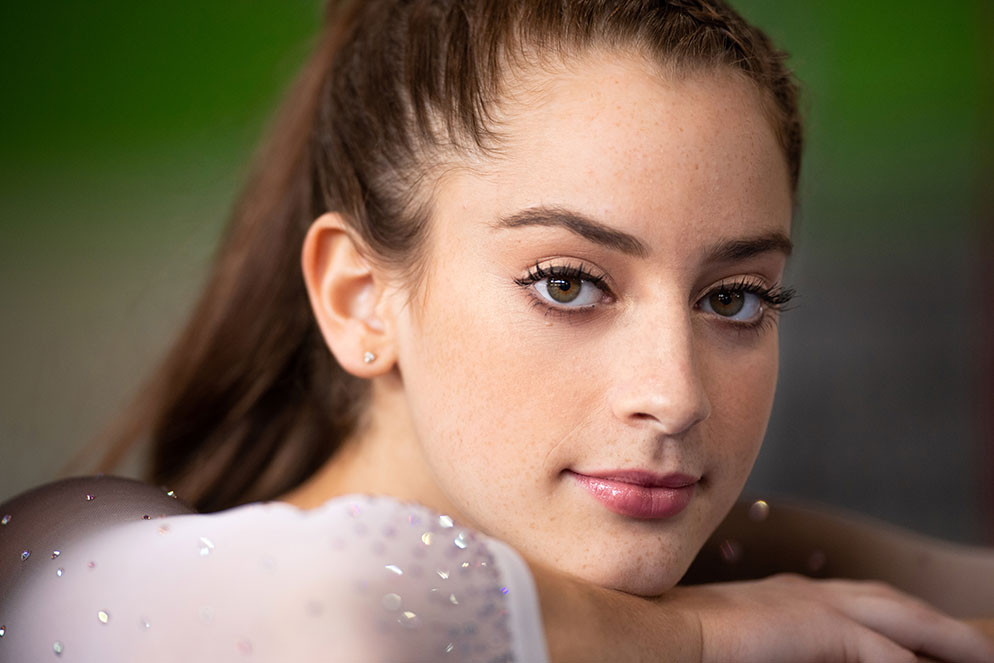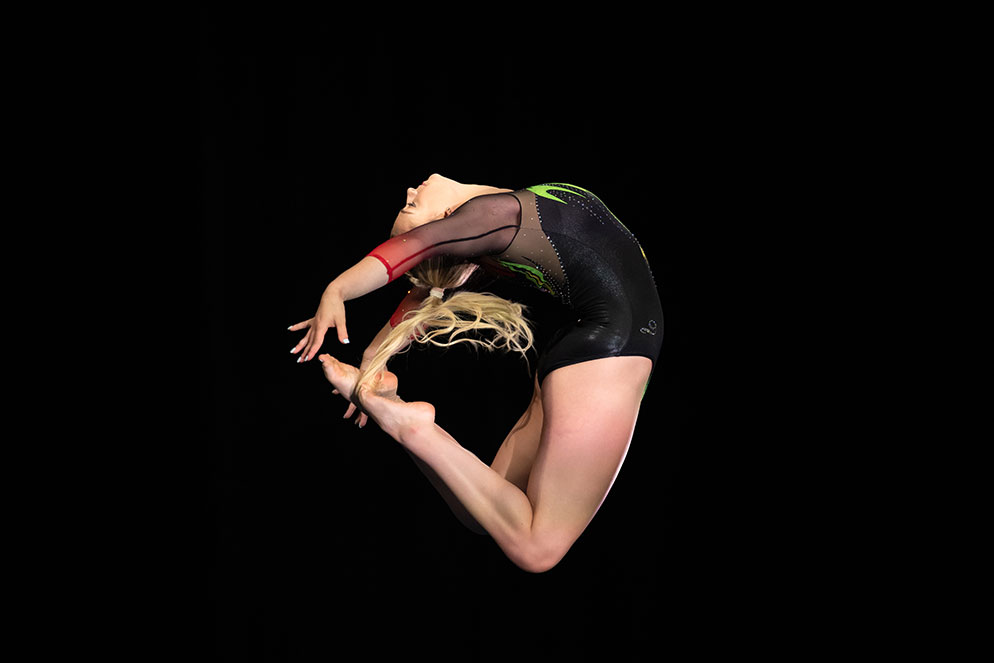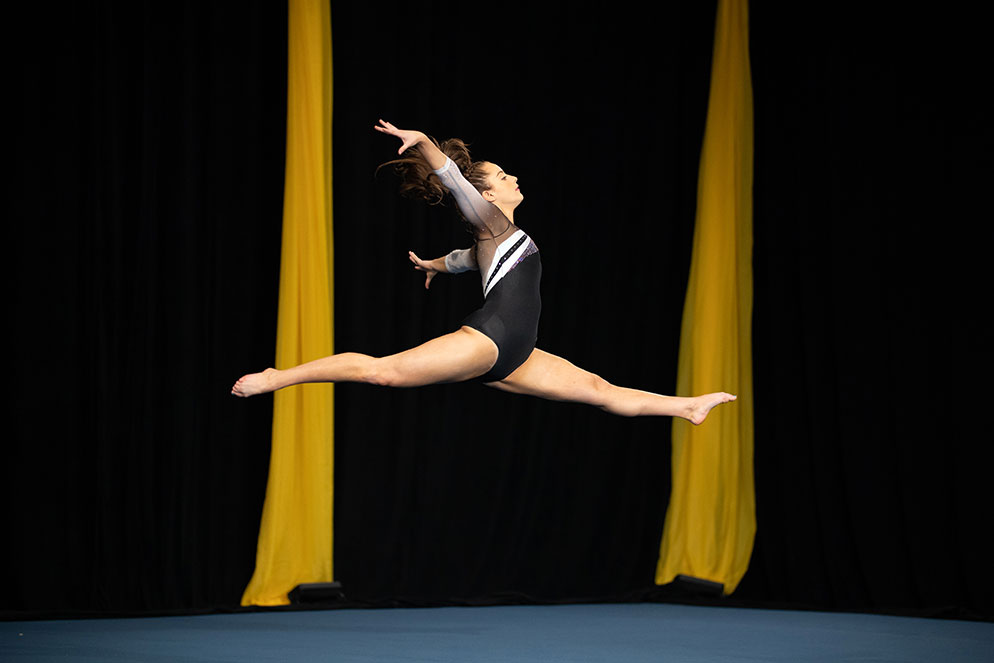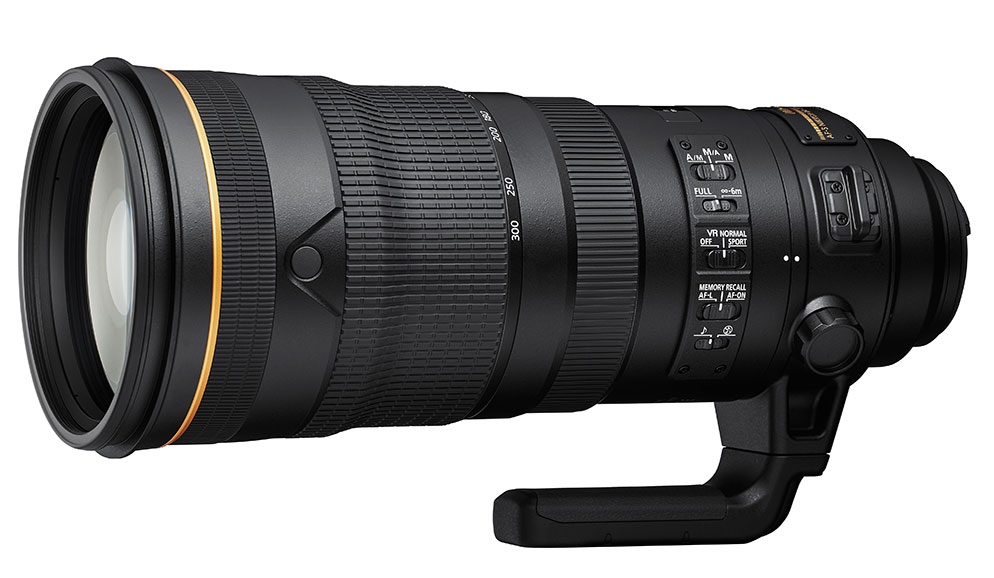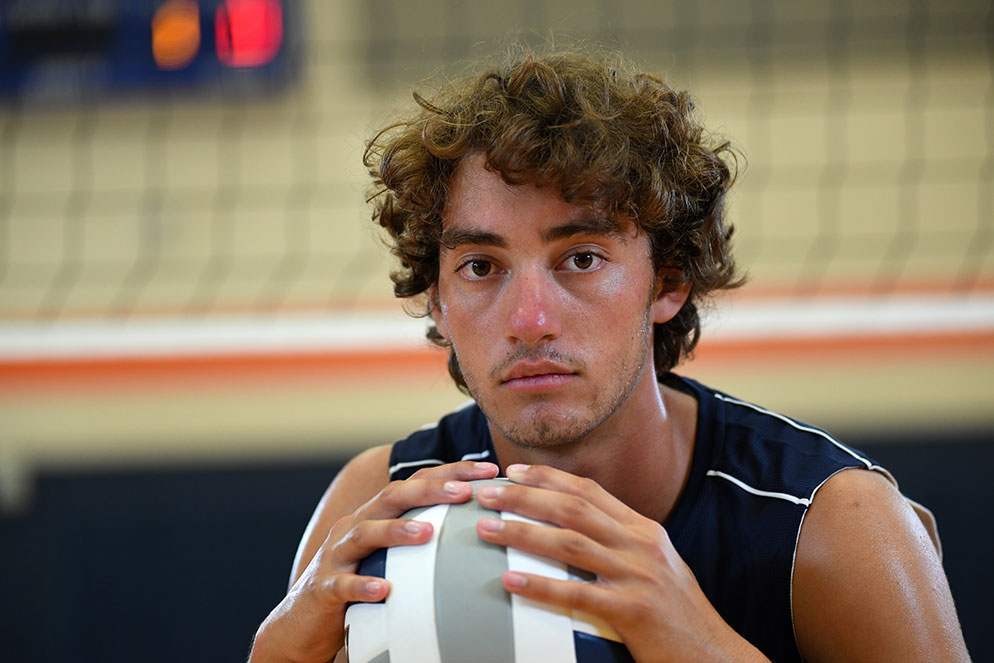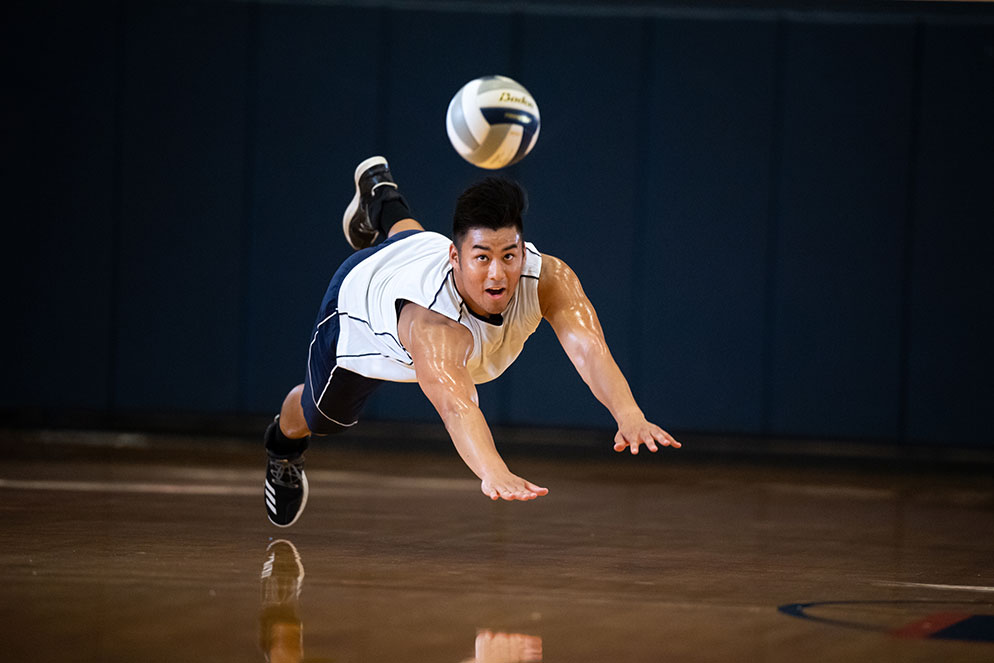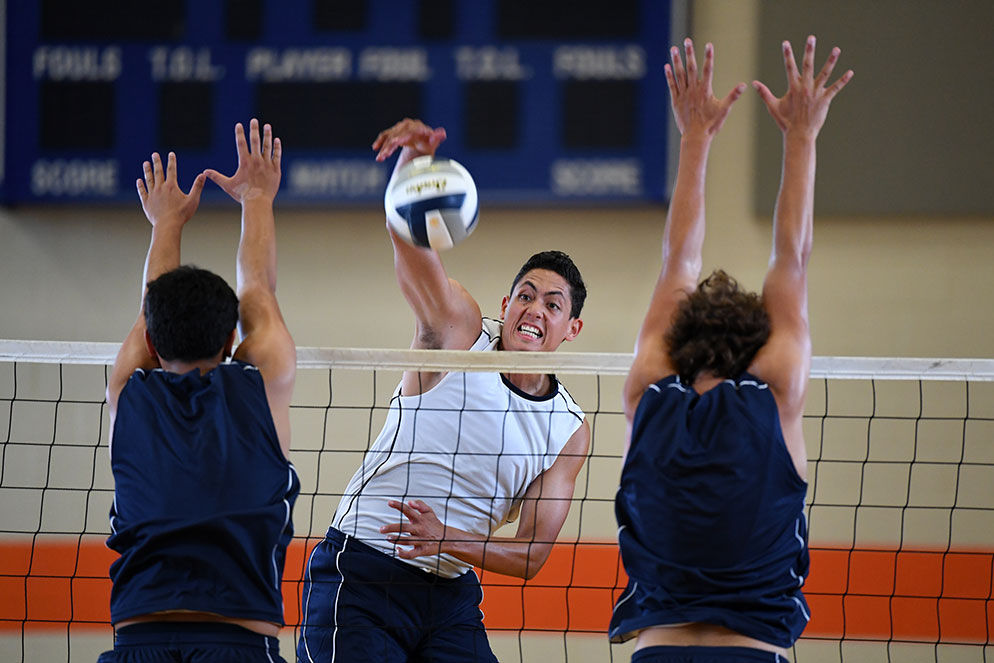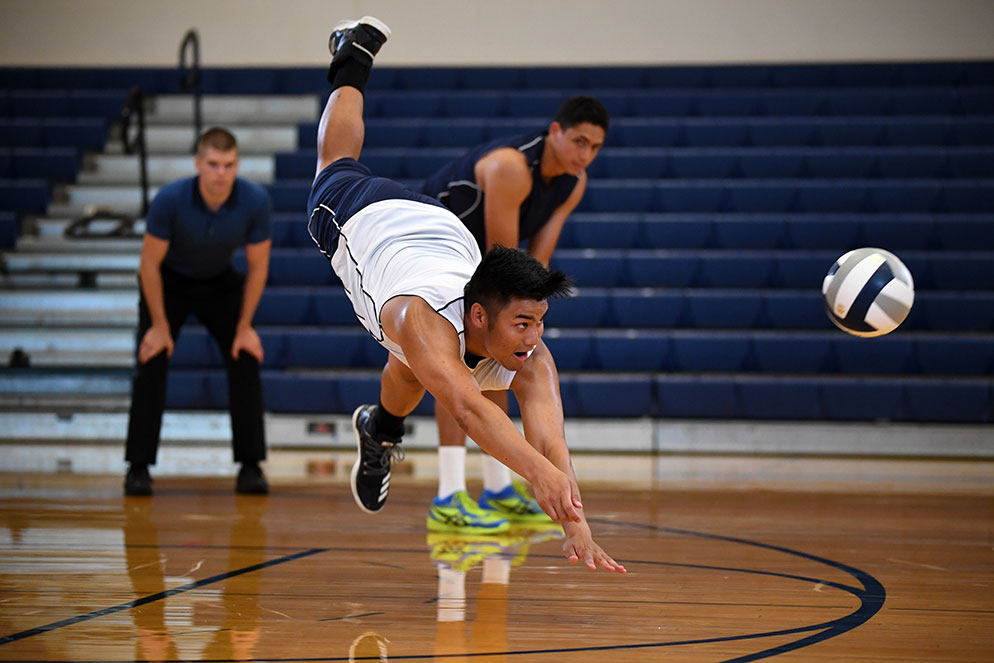Game Changer: The Competitive Edge of Nikon's AF-S 120-300mm f/2.8 Zoom Lens
The thing about professional sports photography is also the thing about sports: it's competitive.
Get the shot—the peak action, the decisive moment, the buzzer beater, the unbelievable play. You know, the moment that's unrepeatable. And if you can make your photo different from everyone else's, well, that's the game, isn't it?
If you've been in the game for a while you know that there are two keys to the capture of those moments: your experience and your gear.
Nikon Ambassador Rod Mar knows the importance of both. He's photographed every major sport during his 25-plus year career. He is also team photographer for the Seattle Seahawks. Which is why we wanted to talk with him about our AF-S NIKKOR 120-300mm f/2.8E FL ED SR VR lens.
We'll cut right to Rod's verdict on the lens: "It's kind of game changing."
How come? Two things: it's fast glass in a focal range ideally suited to sports, and it showed to be as sharp as a prime lens at the focal lengths he most often chose. (This might be a good time to point out that while the focus of this story is obviously sports, the 120-300mm is also eminently suited to landscape and wildlife photography.)
AF-S NIKKOR 120-300mm f/2.8E FL ED SR VR lens.
Rod shot wide open at 300mm to blur out the background and highlight the sharpness of the focus point, which was the athlete's left eye. "This is not only a lens for top-notch sports photography, it also brings your portrait photography to a different level." D5, AF-S NIKKOR 120-300mm f/2.8E FL ED SR VR, 1/500 second, f/2.8, ISO 1600, manual exposure, Matrix metering.
On the Job
First off, the lens fits in with what Rod looks for in all his gear: that it allows opportunities that didn't come easy, or at all, prior to its intro.
"To be able to shoot f/2.8 wide open really adds a different element in terms of how you're going to think about your gear for any given assignment," he says. "That goes especially for the lighting conditions common to indoor sports, and for all sports that require you to be both close and far from your subject."
Basketball for example. "If you're shooting out from the corner, 120mm is tight but really nice for the front court," Rod says. "And then when they go to the opposite end of the court, having that 300mm reach is great. All in one lens, so you're not picking up and putting down cameras and lenses."
For this portrait Rod made different decisions and choices. "The previous photo was made in a training gym that had a lot of visual distractions, which, at 300mm and f/2.8, were thrown into soft bokeh. Here it's an environmental portrait. The visual cue is the ball, but the other visual cue is the net. At 300mm I might lose that—the viewer might not instantly pick up 'net'—but at 120mm the net's seen, but in a subtle way." D5, AF-S NIKKOR 120-300mm f/2.8E FL ED SR VR, 1/320 second, f/2.8, ISO 2000, manual exposure, Matrix metering.
To be able to shoot f/2.8 wide open adds a different element in terms of how you're going to think about your gear for any assignment.
Theory and Practice
At one point in our talk with Rod he praised the responsiveness of the lens. When we asked how he defined "responsive," it turned out there were several aspects to his use of the term. There was the speed of the lens, and the speed and precision of the autofocus, but there was also how the lens responded to his expectations and the needs of the job.
"I'm not going to say I was surprised by the lens," Rod says. "I know the research and engineering that went into it, but when someone says we're making a 120-300mm zoom lens, and it's going to be an f/2.8, constant aperture, you're thinking, Okay, I'm really going to have to get that in my hands, see the speed of the autofocus and check the results of shooting with it wide open." In other words, great idea, now let's see how it plays out.
Rod's "get it in your hands" isn't just an apt phrase; it's the way he likes to work. "I'm a photographer who prefers to hand hold whenever I can. I'm shooting at fast enough shutter speeds, mostly 1/1000 second, so any sort of camera shake really doesn't matter, and now at f/2.8, it really comes down to having the increased confidence of hand-holding when I need that speed."
Basketball, football and soccer head the list of sports that the 120-300mm will handle for Rod—"for the corner-to-wider field coverage, and inside the 30-yard line for football," he says—and, as the accompanying photos show, in the lower-light indoor settings of volleyball, gymnastics and for the occasional portrait.
The idea for Rod, who began his career as a newspaper photojournalist, is always to tell a story—perhaps in a single image that captures a key moment; sometimes in a series of pictures that comprise the narrative of an entire game. In sports photography what counts is the skill and insight that experience brings, and the gear that responds almost instantaneously to the photographer's decisions.
The skill is the photographer's domain. Our job is to make sure the gear keeps getter better and even more responsive. Ours is a competitive game, too.

